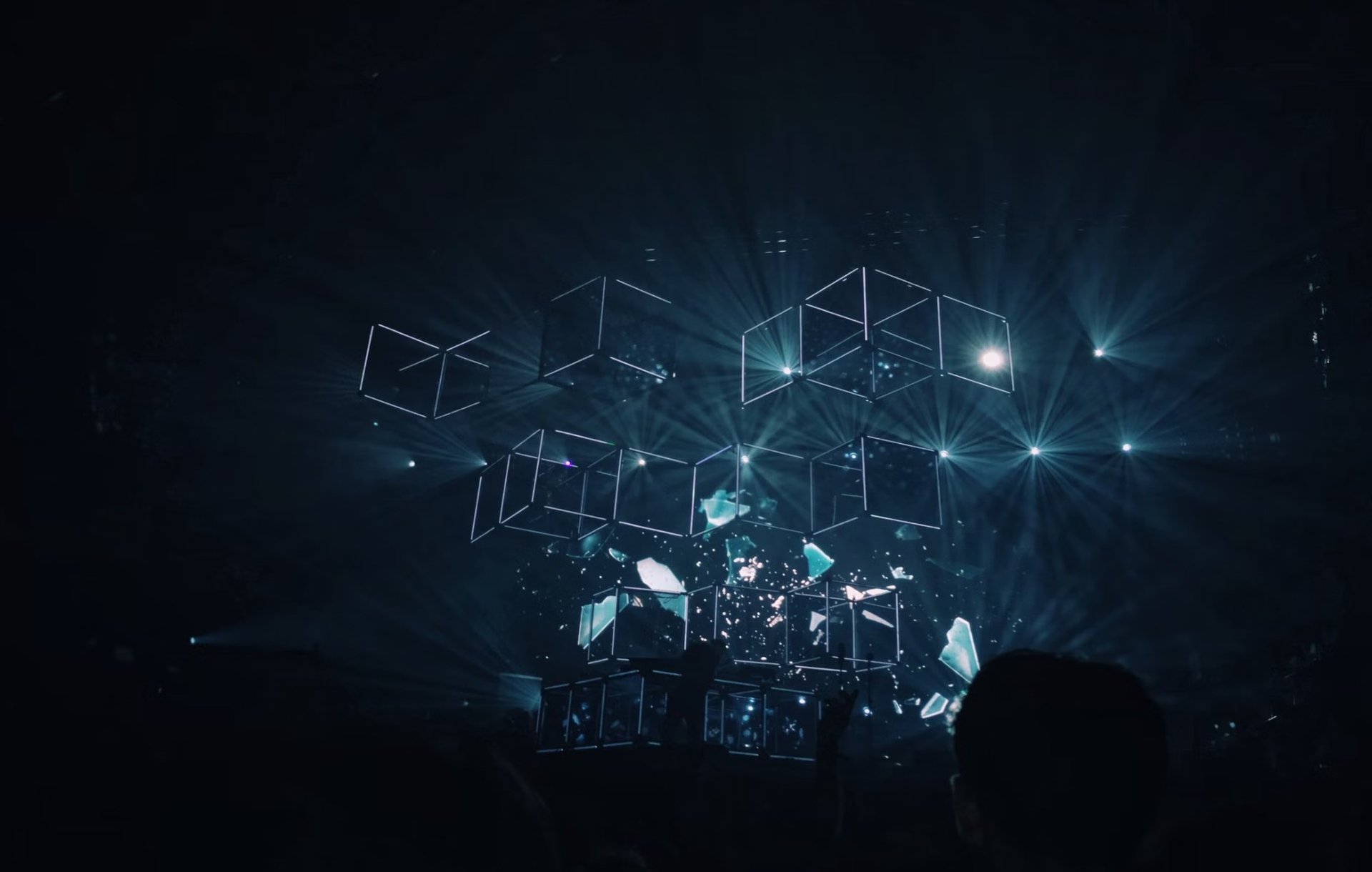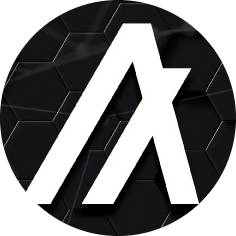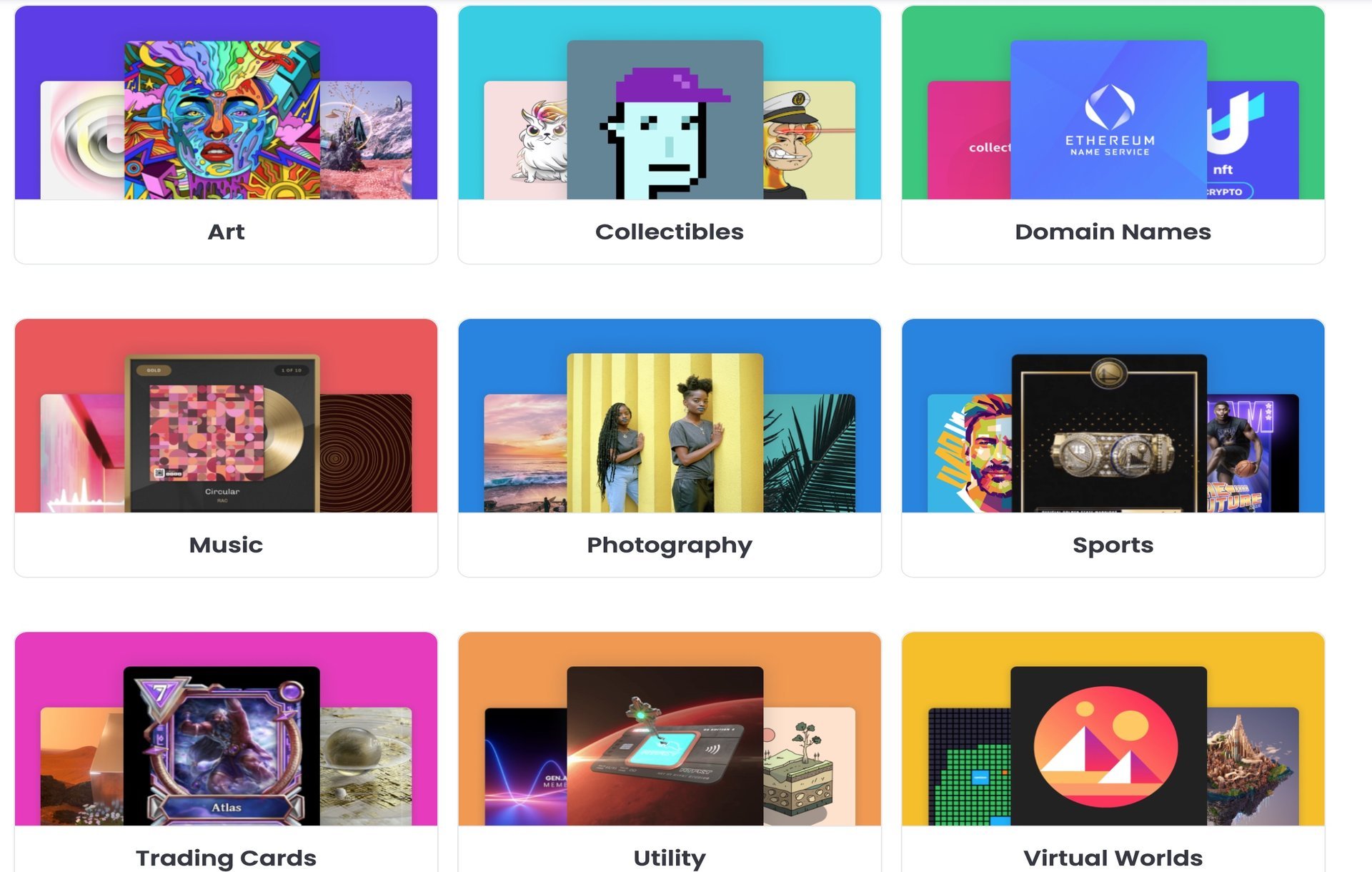
Blockchain
In this article we explain not just the different layers but also the importance of each of it. It’s also important to note what they mean and why some tokens may be correlated because they are part of the same layer.
As it occurs with the OSI and the Internet Protocol (TCP/IP) models, we also have different layers in blockchains. The different OSI layers are: Physical, Data Link, Network, Transport, Session, Presentation, and Application. The ones of the Interest Protocol are just 4: Link, Internet, Transport, Application. A similar structure occurs in the Blockchains.
We can distinguish 4 different Blockchain layers, where each one has a specific purpose. Each layer is essential and has some defined functions and roles. They start with Layer 0 and the last one is Layer 3. In order to see the different features, it’s better to see this with some examples.
This protocol is where everything starts and the bottom of the different blockchain protocols that we see later. It’s like the foundations of the building where the different infrastructure, hardware and internet are provided. Although, the other layers would be useless without this initial layer, it’s also the layer that cannot be seen and sometimes ignored.
They allow interconnectivity and integration between traditional and blockchain network.
As mentioned, this is where everything starts. Therefore, they allow other blockchains be built upon them and also that different blockchains are operable between them. In other words, the chains that are created on the layers above are interoperable and compatible thanks to the L0 protocols.
For these characteristics they can be seen as the data transfer layer of the OSI model. Without this one, Bitcoin or Ethereum would not be able to run. Basically, their objective is to interconnect different chains between L1 protocols.
Layer 1 blockchains are probably the most famous ones for most of us. They are also known as public chains because they have their own structure, encryption, algorithms, technology and mechanisms. These are blockchains that are used to process transactions on their own blockchain and have different utilities.
This protocol consists of the following sublayers: Data layer, Network layer, Consensus layer and Activating layer
Since the transactions need to be processed and validated, the famous Consensus Mechanism (PoW, PoS, etc.) is also inherent to this layer. However, there are also other technical aspects involved such as the block time, the different rules and the dispute resolution. In this layer, we also see different limitations such as scaling.
 Algorand is probably one of the most sustainable blockchain due to the technology and consensus mechanism
Algorand is probably one of the most sustainable blockchain due to the technology and consensus mechanism
The goal of Layer 1 blockchains is to achieve the following 3 characteristics:
There is a famous term called the Blockchain Trilemma, which says basically that basic chains can just achieve 2 out of 3.
In order to achieve the first 2, scalability is sacrificed and left for later. It’s here where Layer 2 plays a key role too.
Probably these blockchains are the most famous ones to you. Bitcoin, Ethereum, Cardano or Solana are examples of this category and most probably the ones you have heard in most occasions.
In L1 blockchains, we have seen the Blockchain Trilemma and the problem with scalability. Apart from the Blockchain Trilemma Bitcoin and Ethereum are getting older and what was valid some years ago it is no longer enough, mainly with the increasing number of users. For example, we have several problems in terms of scalability, speed and gas fees. For that reason, the purpose of L2 blockchains is to enhance the L1 blockchains, with several updates and applications. Via this layer, the processing of the different transactions is also increased. This layer is seen as an auxiliary extension of the L1 protocol.
For example, Ethereum is only able to process around 10 transactions per second. Ethereum is famous for many benefits, but one of the disadvantages is the gas fees. When the network is congested, there is a lot of competition to process the different transactions and it’s when the gas fees considerably increase – the law of supply and demand -. This problem is becoming more often because of the adoption of Ethereum and the applications within the ecosystem.
What the L2 protocol does is to free up Ethereum (L1) from this work. This way, they can process thousands of transactions per second. Ethereum is the layer with more L2 protocols.
Ethereum is famous for having many L2 solutions, but it also applies to other L1 layers such as Bitcoin.There are some examples for Ethereum below these lines:
We have seen that L1 and L2 layers are quite linked to each one, but there are many differences between the different blockchains in these layers. The reason is that they use completely different technologies and processes. The purpose of the third layer is to abstract these differences and make the things much easier for the user. With this, the different ecosystems are interconnectable and can communicate regardless of the technical differences that we can find among them.
This is something similar to what’s done in the IP Internet Protocol and the application layer. L3 is the protocol that hosts the DApps. These applications are related to diverse topics such as DeFi, games, or storage apps.
Although Bitcoin is the most known one here, Ethereum is the one that has more applications and has a huge ecosystem. The different cases vary across sectors:
Ethereum aside, Solana is also famous for having many consolidated applications.
In order to understand the last layer, these are some examples of complete different applications accessible to users.
Uniswap is one of the largest DEXs in the space and is powered by the Ethereum blockchain. One of the main differences compared to Binance or Coinbase is that Uniswap operates without an order book. Instead, it uses framework to provide trading liquidity.
OpenSea is the world’s largest Non-Fungible Token marketplace which is based on Ethereum ERC-721. In this platform all users can buy, sell, or exchange different items, such as collectibles, gaming articles and other type of goods.
 OpenSea allows users to buy, sell, and discover exclusive digital items.
OpenSea allows users to buy, sell, and discover exclusive digital items.
Orca is the first user-friendly cryptocurrency exchange built on Solana. It offers minimal fees and latency compared to Ethereum. There, users can exchange tokens with minimal transaction fees and lower latency than any decentralized exchange on Ethereum. Apart from that, users can provide liquidity to a trading pool to earn a share of trading fees.
PancakeSwap an be seen as an alternative to UniSwap. As this one, is a decentralized exchange, which allows for trading cryptocurrencies and tokens without an intermediary, and runs on Binance Smart Chain. It is built on an automated market maker system, which relies on liquidity pools between token pairs to enable crypto trades.
Enter your email address to receive the latest articles